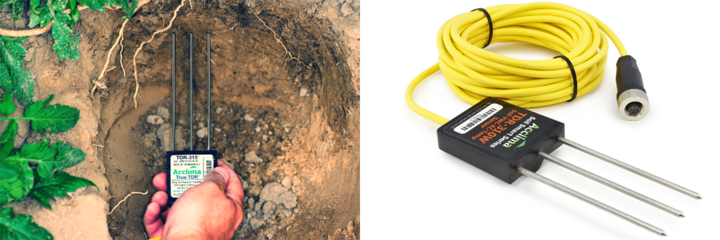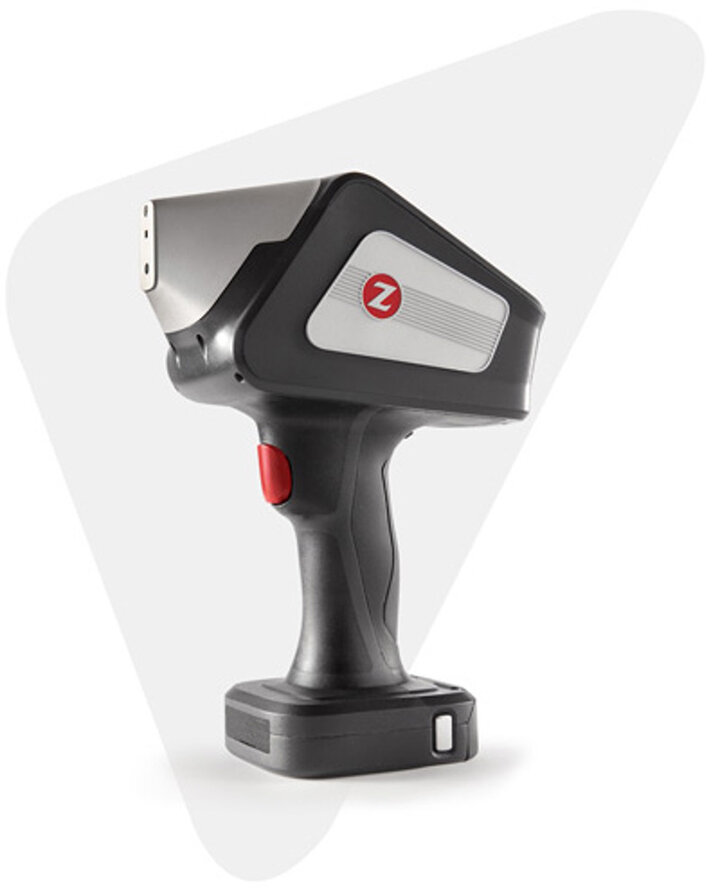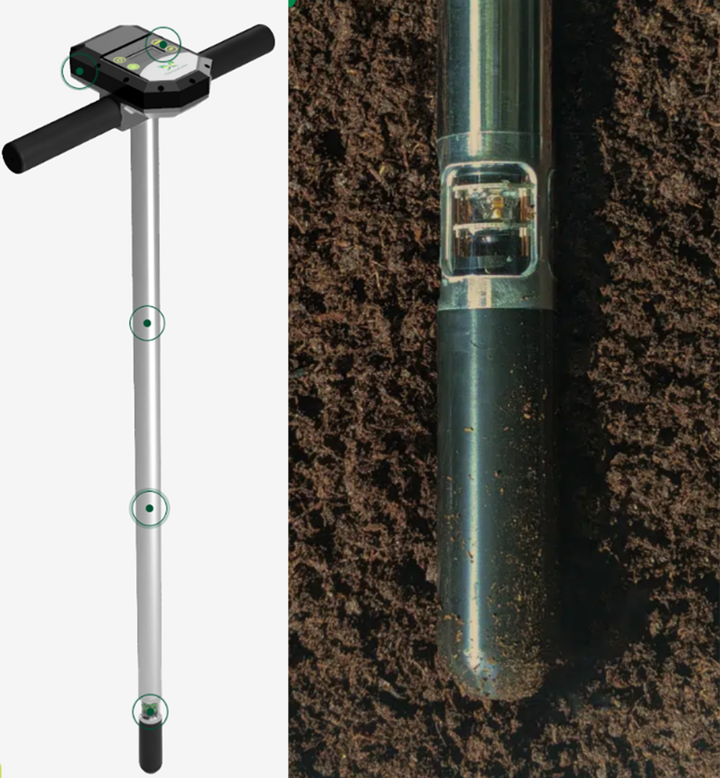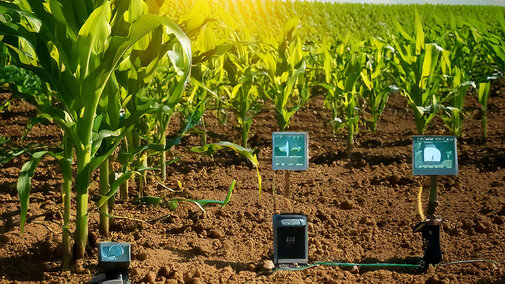Let’s not forget that healthy soil is the foundation of a thriving ecosystem, supporting diverse life forms and significantly influencing water and air quality, which ultimately affects our health. In recent years, technological innovations have revolutionized our approach to understanding and managing soil health. Traditional methods of soil assessment have given way to sophisticated, data-driven technologies that provide unprecedented insights into soil conditions.
Historically, we focused primarily on soil fertility and nutrient levels, guided by Liebig’s Law of the Minimum and its bucket analogy. However, the concept of soil health broadens our perspective beyond just promoting plant growth. It emphasizes the importance of sustaining diverse organisms and maintaining the soil's functional capacity to provide essential ecosystem services, such as nutrient cycling, carbon sequestration, water quality regulation and biodiversity conservation. Thus, assessing soil health requires examining a complex interplay of physical, chemical and biological factors, including soil structure, aggregate stability, pH, organic matter content and microbial activity.
Modern Soil Health Monitoring Technologies
Farmers in the 21st Century are focused on managing their fields efficiently and committed to adopting innovative practices that enhance and sustain soil health. This shift has increased the demand for monitoring and assessing soil health parameters. Technology advances have introduced various tools for soil health monitoring nutrients through digital soil mapping by using remote and adaptable field sensors, spectroscopic tools and drones. These tools facilitate immediate insight into soil conditions sometimes directly in the field, allowing farmers to make informed decisions based on real-time data.

Figure 1. Time Domain Reflectometry soil probe. Source: https://soilsensor.com/articles/time-domain-reflectometry-tdr/ and https://pulsegrow.com)
- Sensors
Numerous sensor types are employed in the U.S. farming industry for comprehensive soil health monitoring:
- Location sensors: GPS devices that help track the precision location of agricultural assets, and very useful when building soil and yield maps.
- Optical sensors help assess plant health by measuring albedo (sunlight reflectance and absorption, which can help us determine the global warming potential of a plant canopy).
- Electrochemical sensors: Devices that can measure soil pH and nutrient levels and detect pollutants.
- Mechanical sensors evaluate soil compaction through penetration resistance (e.g., penetrometer)
- Dialectric soil moisture sensors monitor moisture levels in real-time. For example, Time Domain Reflectometry (TDR) Probes measure moisture, temperature and electrical conductivity at varying soil depths (Figure 1). This allows you to analyze the interaction between these variables in different soil conditions.

Figure 2. SciAps Z300 handheld LIBS analyser. (Source: https://www.sciaps.com/post/wheres-the-gold-sciaps-z300)
How it works? TDR soil moisture sensors use parallel rods as transmission lines. A voltage pulse is sent along these rods and reflected back to a sensor for analysis. The pulse's velocity through the rods correlates with the soil's apparent permittivity. Wet soil slows the pulse, while dry soil allows faster transmission.
Overall, these sensors can transmit data in real-time, allowing farmers to make immediate decisions based on current soil conditions.
- Spectroscopic Methods
Innovative spectroscopic methods have transformed soil analysis and are very powerful, providing valuable information about the molecular composition and structure of materials like soil. Nowadays, these methods can potentially make soil analyses less costly, more accurate, and high throughput with less sample preparation. This makes them highly versatile and ideal for real-time monitoring of soil health.- Laser-induced breakdown spectroscopy (LIBS)
- Infrared spectroscopy (e.g., Vis-NIR, NIR, MIR)
All of these spectroscopic methods rely on the interaction between electromagnetic radiation and matter. When infrared light interacts with the soil, specific frequencies are absorbed, corresponding to the vibrational energies of molecular bonds within the soil.
Infrared spectroscopy, for example, laser-induced breakdown spectroscopy (LIBS, Figure 2), has been employed since the early 2000s to measure total soil carbon and nitrogen, along with soil nutrients and heavy metals, and just recently measures soil texture. Analyzing light absorption at specific wavelengths provides a unique "spectral signature" that correlates with soil properties such as organic matter, texture, moisture content and mineral composition. LIBS uses a focused laser to ablate soil samples, creating plasma that emits light with elemental fingerprints.
Near-Infrared (NIR), Mid-Infrared (MIR), and Visible-Near Infrared Spectroscopy are particularly efficient for rapid field use, enabling the simultaneous estimation of multiple soil parameters in seconds. Both analyze soil properties by measuring light absorption at specific wavelengths (MIR from 2.5 to 25 µm, NIR from 780 to 2500 nm, and Vis-NIR from 400 nm to 2500nm).

Figure 3. ChrysaLabs soil probe (a) with a combination of spectroscopic sensors located in the tip (b). (Source: https://www.chrysalabs.com/technology)
These methods are invaluable for assessing soil organic carbon levels, a key indicator of healthy soils that enhance structure and fertility. Advances in these technologies also support efficient monitoring of carbon sequestration efforts, contributing to climate change mitigation. Their portability and ability to provide rapid results make them excellent alternatives to traditional laboratory analyses for field applications. One of them is the inclusion of these spectroscopic sensors into soil probes like the one developed by the ChrysaLabs company (Figure 3).
- Drones and UAVs:
Drones equipped with various sensors are increasingly used for high-resolution data collection across extensive ag landscapes. These unmanned aerial vehicles (UAVs) provide rapid assessments of soil health and plant nutrition parameters, aiding farmers in managing their fields more effectively during this era of digital agriculture. For this, ag professionals use drones with specialized cameras to capture images across various light wavelengths, including visible and near-infrared spectrum (Figure 4). This technology allows farmers and ag professionals to create high-resolution soil and plant canopy maps, detect early signs of crop stress, nutrient deficiencies, or diseases, and track changes in soil and plant health over time. The data collected is analyzed using advanced algorithms and GIS techniques to produce detailed digital field maps. These maps offer valuable insights for precision agriculture, enabling targeted interventions and more efficient resource management.
This technology provides a powerful tool for agriculture decision-making, surpassing traditional satellite imagery in resolution and accessibility. If you want to learn more about drones in ag, contact our Statewide Digital Ag Extension Educator Dirk Charlson, (402) 460-0742.
Future Trends in Soil Health Management

Figure 4. Drone with a 65R ultra-high resolution aerial RGB sensor. (Source: MONOPOLY919/Shutterstock)
As awareness of the importance of soil health grows among farmers and stakeholders, the integration of soil health parameters into agricultural practices is expected to increase. Concerns over sustainability, climate variability and food security drive this trend. The ongoing development of affordable monitoring tools will likely enhance accessibility for farmers, promoting shifts towards data-driven agricultural practices that prioritize soil health.
In this article we did not talk much about AI and machine learning, which are revolutionizing agriculture and soil health management. These technologies are powerful tools for analyzing big data more efficiently to provide insights into soil conditions and guide farming practices. Their scalability allows for quick applications across small or large fields, benefiting diverse farming operations. AI and machine learning are now part of the engine that enhances precision agriculture, enabling data-driven decision-making for improved management.
In brief, the convergence of sensory technology, spectroscopic methods, and UAVs represents a significant advancement in the management of soil health. These tools not only facilitate better agricultural outcomes but also support environmental conservation efforts essential for sustainable farming practices.

